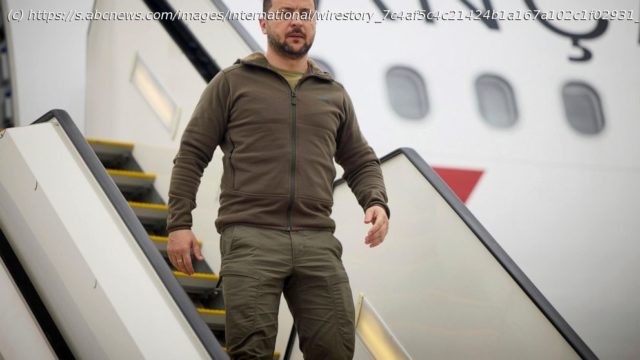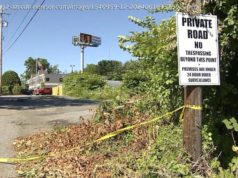The 1945 bombing of Hiroshima is a big reason leaders from the world’s most powerful democracies descended on the city for this weekend’s Group of Seven summit
8:15 on the morning of Aug. 6, 1945.
It’s a big reason leaders from the world’s most powerful democracies descended on Hiroshima for this weekend’s Group of Seven summit: Part commemoration, part effort to confront the continuing consequences of the moment a U.S. B-29 Superfortress released what the Americans named “Little Boy” over the city in the first wartime use of a nuclear bomb.
It also presents Japanese Prime Minister Fumio Kishida, the driving force behind Hiroshima’s selection for the G7 venue, with a unique dilemma.
On the one hand, he is keen to promote the vision of a world without nuclear weapons that has long been a cornerstone of his political rhetoric. On the other, he is mindful of the widespread domestic worry over aggression by nuclear-armed neighbors.
Kishida’s difficult balancing act could be clearly seen in the G7’s overwhelming focus on building support for Ukraine’s defense against nuclear-armed Russia’s invasion, highlighted by Ukrainian President Volodymyr Zelenskyy’s personal appearance in Hiroshima. There was also sustained G7 pressure on China over its expanding nuclear arsenal, and on North Korea’s pursuit of nuclear-tipped missiles that can target the U.S. mainland.
But even as he stood shoulder-to-shoulder with Zelenskyy, whose presence at the summit bolsters Kishida politically, the Japanese leader sought to repeatedly infuse the summit with his ideas about a nuclear-free world.
On both the opening and closing days of a gathering that included four nuclear-armed nations — G7 members France, the U.K., the United States, and visiting participant India — Kishida brought leaders to pay their respects at memorials to the 140,000 people killed by the bomb.
Home
United States
USA — mix Analysis: Japanese PM faces dilemma at G7 as he balances anti-nuke goals...






